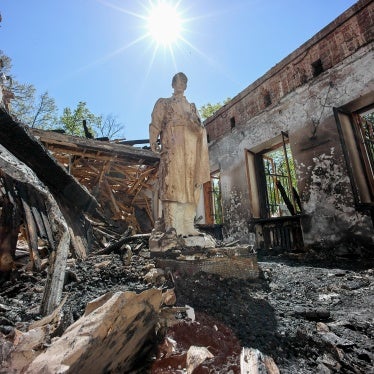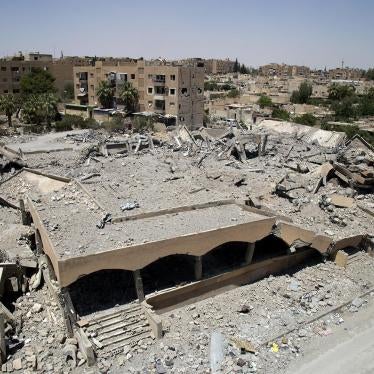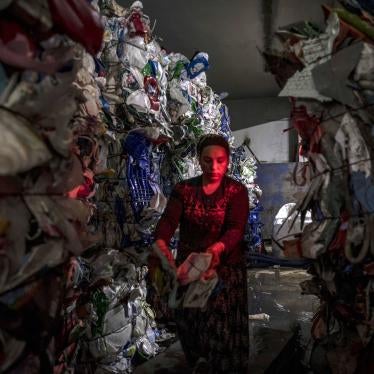The use of cluster munitions in Iraq will result in grave dangers to civilians and friendly combatants. Based on experiences in the Persian Gulf War in 1991, Yugoslavia/Kosovo in 1999, and Afghanistan in 2001 and 2002, these dangers are both foreseeable and preventable.
Cluster munitions cannot be targeted with precision. They cause damage over a very large and imprecise area, and, due to the numbers used and high failure rate, leave behind a great many unexploded "dud" submunitions that become de facto antipersonnel landmines. Human Rights Watch has called for a global moratorium on use of cluster munitions until these humanitarian problems are addressed. Environmental factors in parts of Iraq such as sand, wind, and marshes would likely contribute to producing even higher dud rates for submunitions.
This briefing paper identifies four types of U.S. cluster munitions in particular that have produced large numbers of hazardous duds during previous combat operations and during testing. These four cluster munitions are currently in the inventory of the United States, United Kingdom, and other nations. This paper also provides details about the use of cluster munitions in the 1991 Persian Gulf War, including the threat to U.S. forces from their own weapons, and the ongoing impact of the resulting explosive dud submunitions. Human Rights Watch has recently obtained startling information showing that eleven years after the end of the war, about 200 hazardous cluster munition duds are still found and destroyed each month in Kuwait.









